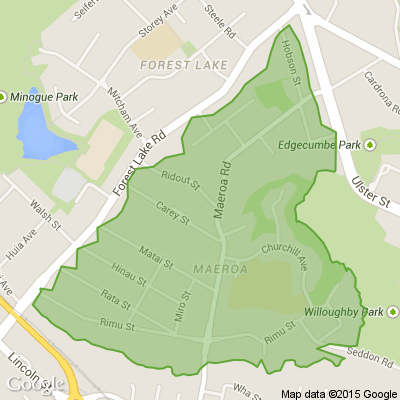Sound Absorption
That tiny crack that runs around your door transmits more sound than you would know.
Noise is a daily occurrence that we all endure to a certain degree from noisy kettles, screaming children, loud TVs and the deafening thud of a bass. There’s sometimes little peace in ones day. Ongoing excessive noise is not only aggravating it can actually be harmful to your ears and has a significant impact on the way our spaces work in the home.
When it comes to residential design, the acoustics, (the way in which the structural characteristics of a space relate to how well sound can be heard) although a key design feature, are rarely considered during the building process and sometimes only tackled during a renovation.
Soundwaves seep through doors, windows, ceilings and cracks, so how do you reduce unwanted sound from affecting your day to day activities?
Hard flat surfaces tend to bounce sound waves around, sometimes creating a lasting echo effect if the surfaces are parallel walls. The softer and less uniform the surface, the less opportunity sound has to bounce off. Textiles, including drapery and upholstered furniture and furnishings not only deliver a design aesthetic they also play a significant role in the absorption of sound.
However not all textiles have equal sound absorption qualities however. The level of sound absorption is dependent upon a textile’s weight, composition, and/or construction. Generally (due to the large vertical mass) drapery provides the main textile source of sound absorption however, there are several other ways to achieve this.
Keep reading: www.curtainclean.co.nz...

Poll: Should all neighbours have to contribute to improvements?
An Auckland court has ruled a woman doesn’t have to contribute towards the cost of fixing a driveway she shares with 10 neighbours.
When thinking about fences, driveways or tree felling, for example, do you think all neighbours should have to pay if the improvements directly benefit them?

-
82.1% Yes
-
15.2% No
-
2.7% Other - I'll share below
Tributes flow for Paul Galletta
Paul Galletta, “a real Waikato guy”, was farewelled by police and the rugby community at FMG Stadium on Wednesday.
A crowd of nearly 1500 gathered to celebrate the life of Galletta, who died at the age of 62 on November 23.

Poll: Do you think this was the right decision?
Hamilton City Council is defending a $60,000 spend on a flood of water management PR featuring a TV personality as residents face huge rates rises.
At a time of council cash constraints, Te Radar - real name Andrew Lumsden - catches the eye on the council’s Facebook page, where he currently features in three “explainer” video clips about Hamilton’s water services.
Do you think this was the right decision? Tell us your reasons in the comments (adding NFP if you don't want your words used in print).

-
0% Yes
-
0% No
-
0% Not sure






 Loading…
Loading…








